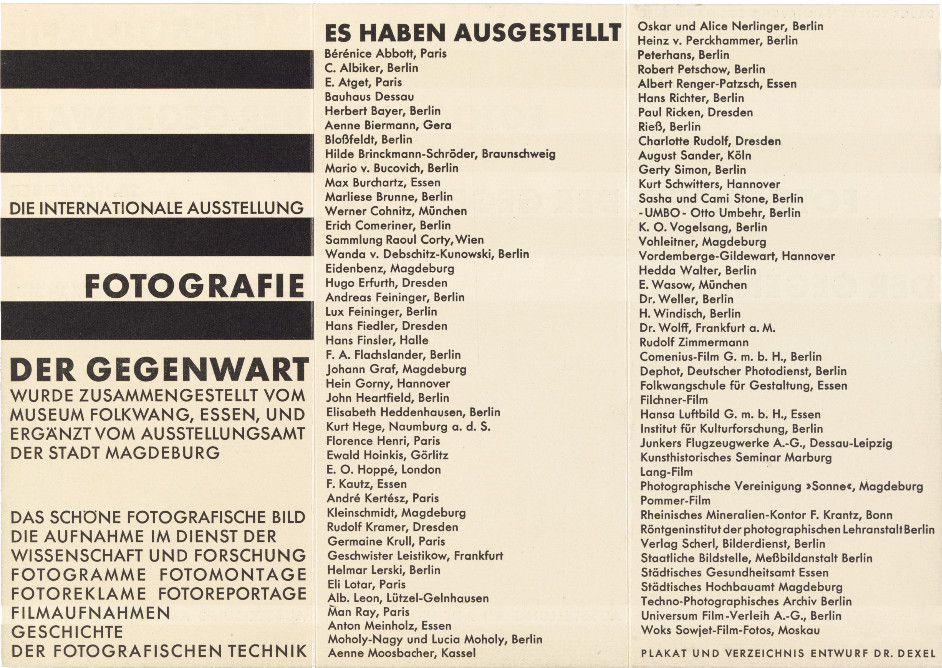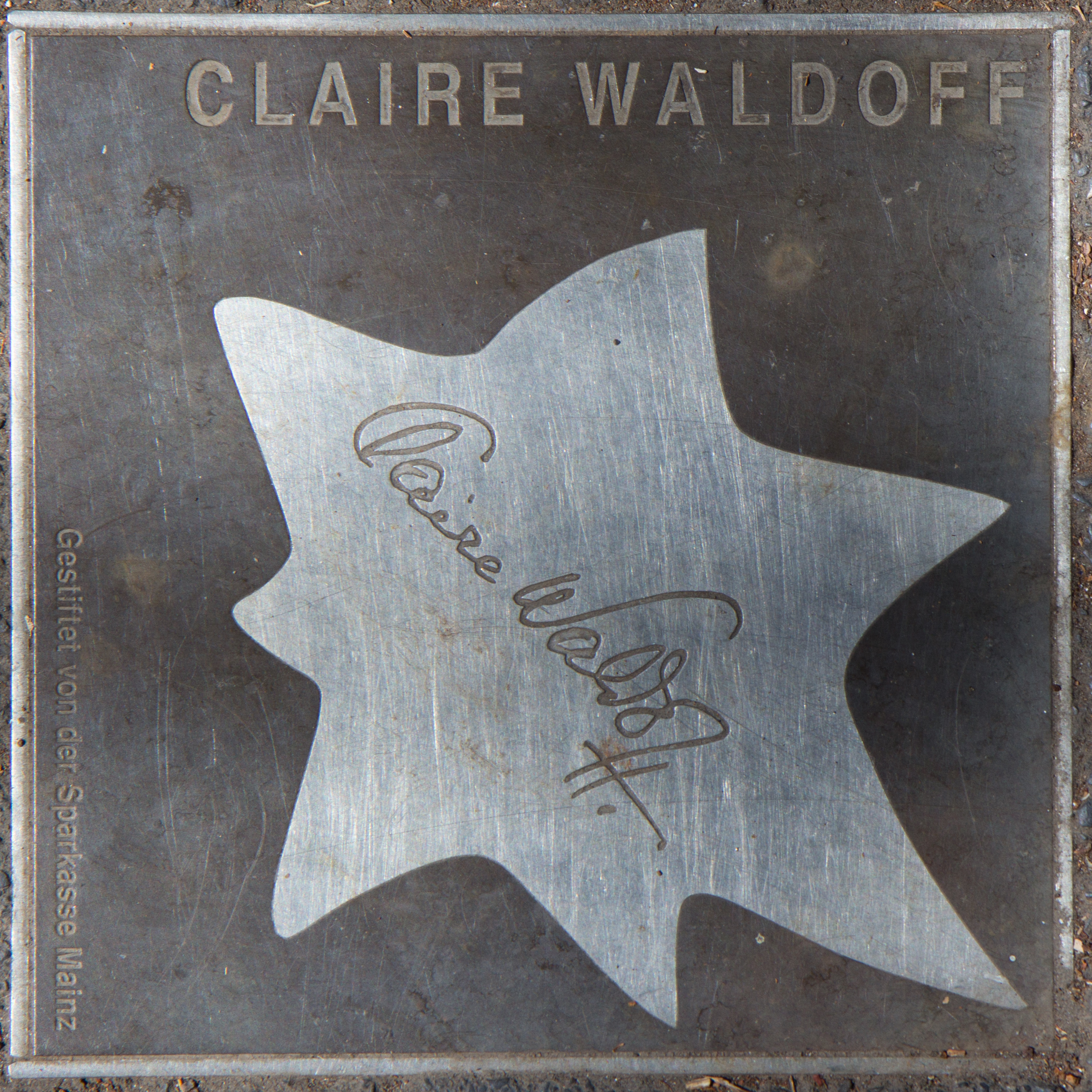|
Augusta Von Zitzewitz
Augusta von Zitzewitz (26 December 1880 – 14 November 1960) was a German artist, based, for most of her working life, in Berlin. Early on in her career she was associated with the Berlin Secession movement. She is best known for her portraits. Life Augusta von Zitzewitz was born in Berlin, a daughter of the Prussian Oberleutnant Coelestin Friedrich von Zitzewitz and his wife, born Elise Köbel. Because of her mother's English provenance she and her eight siblings grew up bilingual. According to family tradition she was christened "Augusta" after the empress Augusta of Saxe-Weimar-Eisenach (1811-1890), the politically liberal wife of the old German emperor. Her father died in 1892, a few months after her eleventh birthday, and she was sent away to complete her education at the "Kaiserin-Augusta-Stift", a Potsdam boarding school which later formed the unsympathetic backdrop for Christa Winsloe's drama, Girls in Uniform. In 1907, presumably with the backing of her ... [...More Info...] [...Related Items...] OR: [Wikipedia] [Google] [Baidu] |
Mario Von Bucovich
Mario von Bucovich (16 February 1884 – 30 November 1947), also known as Marius von Bucovich, was an Austrian photographer. He was born at Pula in the Istrian region of the Austro-Hungarian Empire and held the title of Baron. His father, August, Freiherr von Bucovich (1852–1913), was a former Corvette Captain in the Austro-Hungarian navy and later an entrepreneur in the railroad concession sector. His mother was Greek. He is believed to have been married four times. The Berliner Morgenpost in 2009 described him as "one of the great unknown photographers of 20th Century European photography". Early life He began studying mathematics and mechanics at the Eidgenössischen Technischen Hochschule in Zurich in 1904. He continued these studies in Nancy, France. From 1908 to 1909 he studied electrical engineering and mechanical engineering at the Technikum Mittweida in Saxony. Bucovich began his professional career in 1909 at the Otis Elevator Company in New York City, USA, which ... [...More Info...] [...Related Items...] OR: [Wikipedia] [Google] [Baidu] |
Académie Julian
The Académie Julian () was a private art school for painting and sculpture founded in Paris, France, in 1867 by French painter and teacher Rodolphe Julian (1839–1907) that was active from 1868 through 1968. It remained famous for the number and quality of artists who attended during the great period of effervescence in the arts in the early twentieth century. After 1968, it integrated with . History Rodolphe Julian established the Académie Julian in 1868 at the Passage des Panoramas, as a private studio school for art students.Tate Gallery"Académie Julian."/ref> The Académie Julian not only prepared students for the exams at the prestigious École des Beaux-Arts, but offered independent alternative education and training in arts. "Founded at a time when art was about to undergo a long series of crucial mutations, the Academie Julian played host to painters and sculptors of every kind and persuasion and never tried to make them hew to any one particular line". In 188 ... [...More Info...] [...Related Items...] OR: [Wikipedia] [Google] [Baidu] |
Renée Sintenis
Renée Sintenis, née Renate Alice Sintenis (20 March 1888 – 22 April 1965), also known as Frau Emil R. Weiss, was a German sculptor, medallist, and graphic artist who worked in Berlin. She created mainly small-sized animal sculptures, female nudes, portraits, and sports statuettes. She is especially known for her Berlin Bear sculptures, which was used as the design for the Berlinale's top flim award, the Golden Bear. She was born in Glatz and died in West Berlin. In 1917, she married the painter and writer Emil Rudolf Weiß. In 1928 she won a bronze medal in the art competitions of the Olympic Games for her "Footballeur". Early life and education Renate Alice Sintenis was born on 20 March 1888, the first of three children of Elisabeth Margarethe Sintenis, née Friedländer, and Franz Bernhard Sintenis, a lawyer. Her family name is of Huguenot origin (Sintenis is derived from Saint-Denis). She grew up in Neuruppin, where she lived until 1905. The daily proximity to natu ... [...More Info...] [...Related Items...] OR: [Wikipedia] [Google] [Baidu] |
Claire Waldoff
Claire Waldoff (21 October 1884 – 22 January 1957), born Clara Wortmann, was a German singer. She was a famous kabarett singer and entertainer in Berlin during the 1910s and 1920s, chiefly known for performing ironic songs in the Berlin dialect and with lesbian undertones and themes. Biography Wortmann was born the eleventh child of sixteen in Gelsenkirchen, Westphalia, where her parents owned a tavern. After completing Gymnasium school in Hanover, she trained as an actress and chose as her pseudonym ''Claire Waldoff''. In 1903, she got her first theatre jobs in Bad Pyrmont and in Kattowitz (Katowice), Silesia. In 1906, Waldoff went to Berlin, where she performed at the ''Figaro-Theater'' on Kurfürstendamm. In 1907, she also began a working as a cabaret singer. She made her breakthrough when Rudolf Nelson gave her a job at the ''Roland von Berlin'' theatre near Potsdamer Platz. Initially planning to perform antimilitarist pieces by Paul Scheerbart in a men's suit, Wald ... [...More Info...] [...Related Items...] OR: [Wikipedia] [Google] [Baidu] |
Alfred Kerr
Alfred Kerr (''né'' Kempner; 25 December 1867 – 12 October 1948, surname: ) was an influential German theatre critic and essayist of Jewish descent, nicknamed the ''Kulturpapst'' ("Culture Pope"). Biography Youth Kerr was born in Breslau, Silesia, the son of Helene (Calé) and Meyer Emanuel Kempner, who was a wine trader. He had one sister always known as Annchen: she married Siegfried Ollendorf and ultimately left Germany for Palestine. His family was Jewish. Alfred said while still at school that he intended to shorten his name to ''Kerr'', which became official in 1909. He studied literature in Berlin with Erich Schmidt and completed his Ph.D. at the University of Halle. Alfred Kerr worked as a theatre critic for ''Der Tag'' and later for the Berliner Tageblatt. He wrote weekly Berliner Briefe for the ''Breslauer Zeitung'' from 1895–1900 and for the ''Königsberger Allgemeine Zeitung'' from 1897 to 1922. With the publisher Paul Cassirer he founded the artistic review ... [...More Info...] [...Related Items...] OR: [Wikipedia] [Google] [Baidu] |
Le Dôme Café
Le Dôme Café () or Café du Dôme is a restaurant in Montparnasse, Paris that first opened in . Based on the example established by La Closerie des Lilas (created in 1847) and followed by Café de la Rotonde (created in 1911), Le Select (created in 1925), and La Coupole (created in 1927), Le Dôme was renowned as an intellectual gathering place for artists and writers during the interwar period. Le Dôme created and disseminated gossip and provided message exchanges and an 'over the table' market that dealt in artistic and literary futures. It was frequented by painters, sculptors, writers, poets, models, art connoisseurs and dealers. Le Dôme later became the gathering place of the American literary colony and became a focal point for artists residing in Paris's Left Bank. A poor artist used to be able to get a Saucisse de Toulouse and a plate of mashed potatoes for $1. Today, it is a top fish restaurant (the ''Michelin Guide'' once gave it one star), with a comfortably ol ... [...More Info...] [...Related Items...] OR: [Wikipedia] [Google] [Baidu] |
Henri Matisse
Henri Émile Benoît Matisse (; 31 December 1869 – 3 November 1954) was a French visual artist, known for both his use of colour and his fluid and original draughtsmanship. He was a drawing, draughtsman, printmaking, printmaker, and sculpture, sculptor, but is known primarily as a painter. Matisse is commonly regarded, along with Pablo Picasso, as one of the artists who best helped to define the revolutionary developments in the visual arts throughout the opening decades of the twentieth century, responsible for significant developments in painting and sculpture. The intense colourism of the works he painted between 1900 and 1905 brought him notoriety as one of the Fauvism, Fauves (French language, French for "wild beasts"). Many of his finest works were created in the decade or so after 1906, when he developed a rigorous style that emphasised flattened forms and decorative pattern. In 1917, he relocated to a suburb of Nice on the French Riviera, and the more relaxed style of ... [...More Info...] [...Related Items...] OR: [Wikipedia] [Google] [Baidu] |
Henri Le Fauconnier
Henri Victor Gabriel Le Fauconnier (July 5, 1881 – December 25, 1946) was a French Cubist painter born in Hesdin. Le Fauconnier was seen as one of the leading figures among the Montparnasse Cubists. At the 1911 Salon des Indépendants Le Fauconnier and colleagues Jean Metzinger, Albert Gleizes, Fernand Léger and Robert Delaunay caused a scandal with their Cubist paintings. He was in contacts with many European avant-garde artists such as Wassily Kandinsky, writing a theoretical text for the catalogue of the Neue Künstlervereinigung in Munich, of which he became a member. His paintings were exhibited in Moscow reproduced as examples of the latest art in '' Der Blaue Reiter Almanach'' (''The Blue Rider Almanac''). Career In 1901 Henri Le Fauconnier moved from northern France to Paris, where he studied law, then attended painting classes in the studio of Jean-Paul Laurens, then in the Academie Julian. He changed his name from Fauconnier to ''Le'' Fauconnier and exhibit ... [...More Info...] [...Related Items...] OR: [Wikipedia] [Google] [Baidu] |

.jpg)





